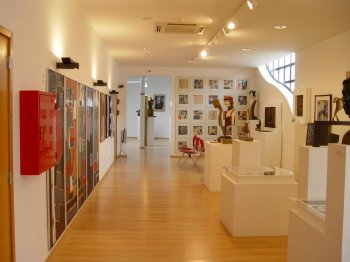Explore the best places
Heritage in Portugal
Forte de Nossa Senhora do Amparo
- heritage
Rua General António Teixeira de Aguiar
9200-084, Machico
Ancient fortress with a triangular plan, built in the 18th century to defend Machico beach, crossing fire with the fort of São João do Desembarcadouro. It is part of the typology of 17th century Iberian bastioned forts. Currently, a tourist office operates here.
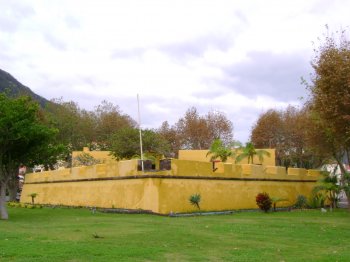
Palácio do Pelourinho / Cadeia Comarcã e Posto da GNR
- heritage
Largo da Imaculada Conceição
2150-125, Golegã
Noble 18th century building that once worked as a county jail and Republican National Guard post, as a telegraph station and as the State Secretariat for Agriculture and Food. Currently, it functions as a museum.
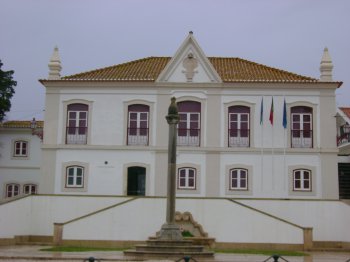
Igreja Matriz da Azinhaga / Igreja Matriz de Nossa Senhora da Conceição
- heritage
Rua do Espírito Santo
2150-034, Golegã
Chapel probably built in the second half of the 17th century, presenting characteristics of Mannerist and Baroque architecture. It consists of three naves with five bays, a main chapel flanked by side chapels, and a bell tower.
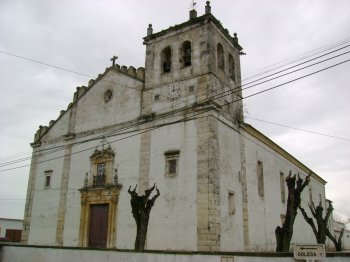
Igreja de Nossa Senhora dos Anjos / Igreja da Misericórdia da Golegã
- heritage
Rua José Relvas
2150-200, Golegã
Mannerist chapel probably built in 1570. In the 17th century it was covered with tiles and, in the 19th century, the main altar altarpiece was placed. A highlight is the set of 17th-century polychrome pattern tiles that cover the walls.
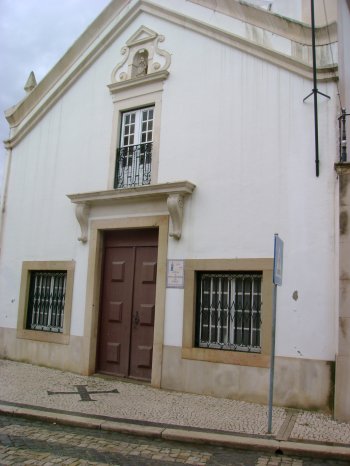
Igreja de Nossa Senhora da Conceição
- heritage
Largo da Imaculada Conceição, 52
2150-166, Golegã
16th century temple with three naves, separated by pointed diaphragm arches, where a magnificent Manueline portal with a serrated arch flanked by twisted columns stands out on the main facade. The interior, also Manueline, is enriched with some modern elements, such as the Renaissance pulpit and the 18th century tiles in the main chapel.
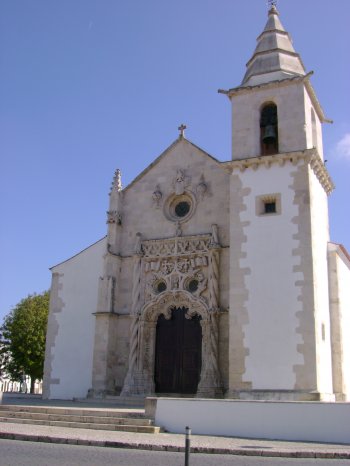
Casa-Estúdio de Carlos Relvas
- heritage
Largo Dom Manuel I
2150-128, Golegã
House built between 1871 and 1875, with the aim of housing a laboratory and photography studio. Designed by architect Henrique Carlos Afonso, this house is a good example of Romanesque architecture. In the atrium, highlights are the carved ceilings and four photographs by Carlos Relvas.
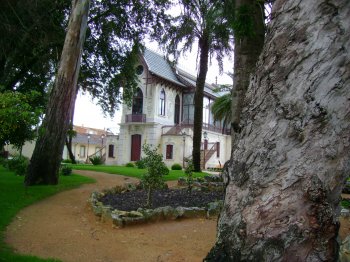
Quinta da Cardiga
- heritage
Quinta da Cardiga
2150-265, Golegã
Next to the Tagus River is this grand farm that belonged to the Templars of the Order of Christ. In this space, 16th century elements remain, such as the Manueline portal, and 17th and 18th century tiles. The group of buildings that make up it consists of a tower, a chapel, a cellar, a barn, a cloister and a palace.
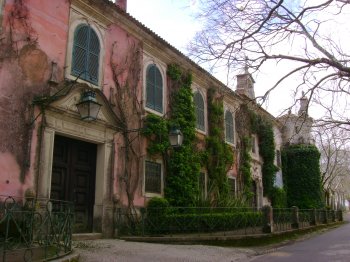
Casa onde nasceu José Saramago
- heritage
Rua da Alagoa, 1
2150, Golegã
Typically Ribatejo house, fully restored, where the writer José Saramago, winner of the Nobel Prize for Literature, was born.
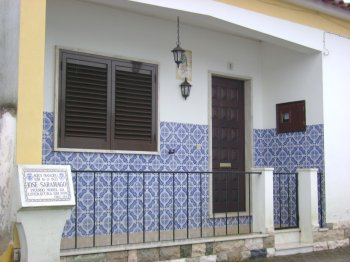
Casa-Estúdio Carlos Relvas
- heritage
Largo Dom Manuel I
2150-128, Golegã
House built between 1871 and 1875, with the aim of housing a laboratory and photography studio. The building, an expressive monument of iron architecture, deserves a visit in itself. Here you can visit some permanent and other temporary exhibitions. The building pioneered a transitional architecture that admirably fused art and technology in stone, stucco, iron and glass.
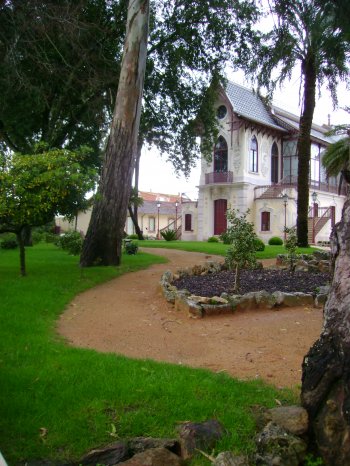
Museu de Pintura e Escultura Martins Correia
- heritage
Rua D. João IV, 1
2150-169, Golegã
In this museum you can visit a collection of modern art, namely paintings and sculptures by Martins Correia. It has been located since 1982 in the building of the former Town Hall and Prison.
